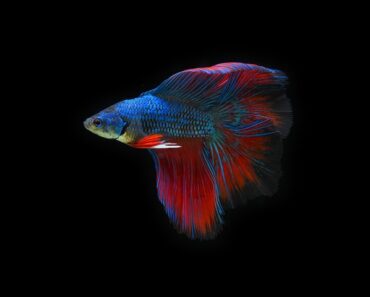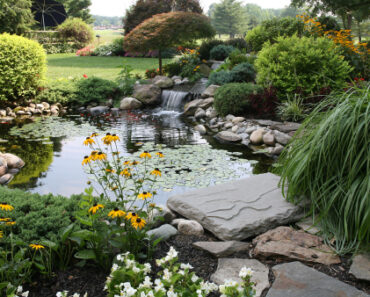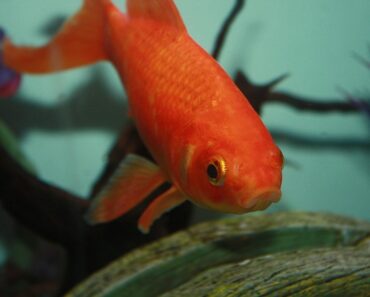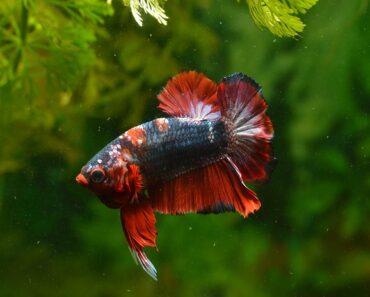
The installation of an aquarium is the first step in the world of aquarium keeping. In this article you will learn how to set up your new aquarium, step by step. Every element of this procedure is important, take your time to install the tank correctly, following our tips and tricks.
How to set up an aquarium and put on the decoration?
Despite the fact that installing an aquarium is a rather delicate and somewhat technical procedure you can do it yourself. Nevertheless it is essential to know the important elements for the start-up of your tank to ensure the right conditions for your fish. Here is the guide to install and set up an aquarium at home.
The location and support of the aquarium
You have to determine the location for your aquarium before you install it: moving it after it has been set up will hardly be imaginable.
The location chosen for the aquarium must be :
quiet (avoid too frequent passages such as corridors for example)
vibration-free (do not place the aquarium near the washing machine)
without direct exposure to the sun (abundant light will make algae grow uncontrollably)
without frequent temperature changes (away from drafts, radiators, exit to the terrace etc.).
close to an electrical outlet
You will also need to provide a solid support capable of supporting the weight of the aquarium filled with water. To calculate the weight of the full aquarium use the simple formula: its weight will be about 1.5 times its volume. So the weight of a 100L aquarium will be about 150kg.
Installation of the tank and equipment
Examine your aquarium carefully to make sure there are no cracks.
Thoroughly clean the inside of the tank in clear, warm water only, without using soap or detergent.
Install the aquarium on its support (you may want to put a layer of polystyrene between the support and the tank for better protection).
Install all the equipment: the immersion heater, the filtering mass, the external filter, the thermometer…
The floor of the aquarium
The floor of the aquarium cannot be changed easily and therefore its composition must be well determined from the beginning. Even if it is much easier to arrange the floor for aquariums without plants, we advise you to plan in advance the conditions to be able to have a little flora in your tank.
For planted aquariums a nutritious soil is indispensable. Ideally it must be composed of a substrate (it is about the grounds containing nutritive elements) and gravel (you can choose sand of the Loire, quartz or sand of aquarium of the different marks).
First put on the bottom of the aquarium your enriched soil (it can be a mixture of the substrates), by depositing a layer of 2-4 cm high.
Then lay your gravel, making a layer of about 3 cm. Beforehand, wash it with clear water. To avoid mixing the layers in the future you can eventually add a mosquito net between the substrate and the gravel.
Decoration and plants
С is the time to set up the aquarium decoration and aquatic plants.
Don’t forget that the decoration of your tank has a double mission: firstly aesthetic (it allows you to create a pretty aquatic landscape but also to hide the equipment installed inside), secondly functional (it serves as a hiding place for the fish and allows them to delimit the territory).
Use rocks or wooden roots to decorate your aquarium.
For rock decoration you can use basalt, slate, granite or quartz but never limestone rocks. Pay a lot of attention to the stability of your stone constructions because in case of loss of balance the rock decorations can damage the glass of the aquarium or even injure the fish.
If you have leaned for the wooden decoration boil the roots for at least 30 minutes in order to sanitize them and extract the tannin (harmful to the fish and the flora of the aquarium).
After putting the decoration you can insert the aquatic plants in the ground. For this dig small holes in the sand without pushing the roots too deep. Anticipate the future growth of your plants and provide space between them. The arrangement of the plants in the aquarium must also take into account their size once they have grown.
Starting up your aquarium: the steps to follow
Starting the aquarium is a crucial step for any aquarist. Especially for the installation of a first aquarium. A good starting of the aquarium and a respect of the steps will ensure a good health to its fish as well as an adapted environment. Discover how to start your aquarium: launching, nitrogen cycle and introduction of fish.
Launching your aquarium
To avoid destroying the floor and the decoration with the water jet, place a plate on the bottom of the tray and direct the water onto the plate. Fill the aquarium with warm water, close to room temperature. Then adjust the heater to the recommended temperature for the type of fish you will be keeping in the tank.
Then connect all equipment and wait 24 hours before starting the nitrogen cycle (see next paragraph). If the water remains dirty or cloudy after 24 hours, clean the filter media. The following is a guide to water temperature in an aquarium.
Waiting during the nitrogen cycle
You are almost at the end of the installation of the aquarium but before putting the first fish in it it is essential – and this will be the first lesson in patience, so important for a real aquarist – to wait for the completion of what is called the nitrogen cycle. This is the transformation of ammonia (product of the decomposition of fish excrement) into nitrites and nitrates and the decomposition of the latter by a colony of bacteria. The presence of ammonia and nitrite in the water is lethal to the fish, that is why this cycle of transformation by bacteria must be completely completed before introducing the fish into the tank. To start the cycle, denitrifying bacteria, small pieces of food or even ammonia can be added to the aquarium (a slightly more technical procedure).
After waiting 3 or 4 weeks do ammonia, nitrite and nitrate tests or a global water test. Do not put the fish in the tank unless all the tests are good.
Introduction of fish
The choice of aquarium fish and their introduction should be planned in advance. Before you start introducing fish into your aquarium make a complete project of the population you want to see in that tank. This is very important because you will have to respect an order of insertion: the dominant species and the biggest fish should come last. This forces you to plan all the steps of introduction in advance.
Put only one species and no more than 4 fish at a time.
The golden rule is: the water from the bag with the purchased fish must not be poured into the aquarium as it can contain elements that are very harmful to the fish. The reliable technique to use is as follows.
Turn off the aquarium lighting to protect your fish from stress. Dip the bag with the fish into the aquarium for 15-20 minutes, the purpose of this first operation is to equalize the temperatures. Then pour a small amount of aquarium water into the bag and wait another 20 minutes. Repeat several times within the waiting time and allow at least 1 hour for this second step.
Now catch the fish one by one with a net and introduce them into the aquarium.
The food can only be distributed the next day.
Count about 10 days before installing the next group of aquarium inhabitants: by proceeding in this way you do not risk destabilizing the chemical balance in the tank water.






